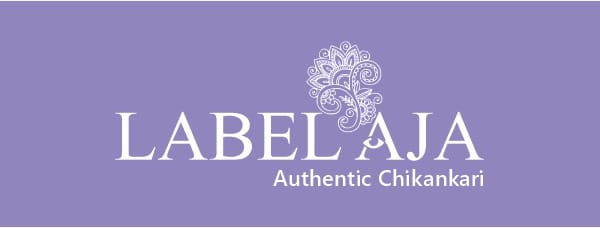About Us
About Chikankari

Chikankari, One of the most traditional embroidery style from Lucknow is believed to be introduced by Nur Jehan, Mughal emperor Jahangir's wife. Chikankari is a very delicate and intricate shadow work type of embroidery. Initially, the embroidery was done using white yarn, on colorless muslins known as tanzeb. However, today, georgette, chiffon, cotton, mulmul and other fine fabrics are also being used. From being an embellishment used primarily for decorating clothes, Chikankari embroidery work of India has now spread to cushion covers, pillow covers, table linen and so on.
It is said that there are 32 type of stiches like taipchi, pechini, pashni, bakhiya, Khatao, Jengira etc. Embriodery is done by mostly women in villages nearby Lucknow.
Chikankari Process
The process of Chikankari basically includes designing, engraving, block-printing, embroidery, and finally washing. We gladly say that being manufacturers we go through each of these steps before we come up with the final unique piece of item.
The process begins with: –
- Selection of fabric for the item to be made.
- Cutting of fabric in desired measurements as per item requirement and its stitching, if its a stitched item.
- Block printing process of the design, called as “chhapayi” locally.
Initially, the design to be worked is printed on the plain fabric. The wooden block is dipped in the color solution which is made by mixing glue and indigo. Then it is printed on the fabric. There will be different blocks for butis, floral patterns and borders. In Lucknow, the printing process is done by separate group of artisans who mainly concentrate in printing. The printed fabric is now ready for the embroidery work. - Actual hand embroidery jobwork of lucknow chikankari, done by skilled artisans over the chhapayi designs, weaved using a needle, thread, and a frame which tightly holds the fabric.
The embroidery is done over the printed design pattern using needle and thread. The artisan creates traditional patterns using different techniques. Different types of stitches can be made in one product. - Washing, polishing (termed as “charakh” locally) and pressing, after item is submitted by artisan called “karigar” locally.
Washing is the final stage of production process. The fabric after embroidery work is first soaked in water and then washed to remove the block printed blue color. Then it is starched and ironed to obtain stiffness. The final product is now ready for the market. - Thread cutting, final finishing and packing.
